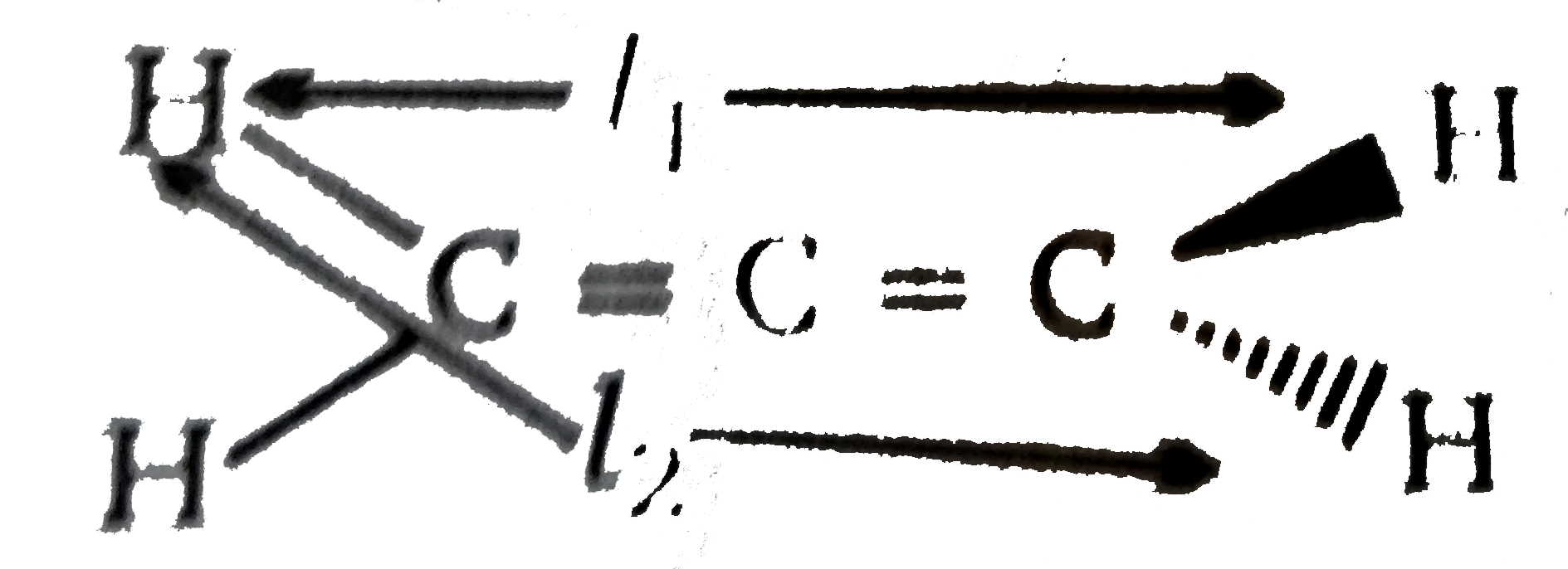Let L be the set of all straight lines in the Euclidean plane. Two line l1 and l2 are said to be related by the relationR of l1 is parallel to l2, Then R is
A
Symmetric only
B
Transitive only
C
Reflexive only
D
Equivalence only
Video Solution
Text Solution
The correct Answer is:D
NA
|
Updated on:21/07/2023
Topper's Solved these Questions
- BOOK - RESONANCECHAPTER - RELATION, FUNCTION & ITFEXERCISE - INTEGER_TYPE21videos
RELATION, FUNCTION & ITF
- BOOK - RESONANCECHAPTER - RELATION, FUNCTION & ITFEXERCISE - MCQ_TYPE31videos
RELATION, FUNCTION & ITF
- BOOK - RESONANCECHAPTER - RELATION, FUNCTION & ITFEXERCISE - MATCH THE COLUMN5videos
RELATION, FUNCTION & ITF
- BOOK - RESONANCECHAPTER - NUMBER THEORYEXERCISE - Exercise -2 (PART - II)4videos
NUMBER THEORY
- BOOK - RESONANCECHAPTER - SEQUENCE & SERIES EXERCISE - EXERCISE -2 (PART-II : PREVIOUSLY ASKED QUESTION OF RMO)3videos
SEQUENCE & SERIES
Similar Questions
Knowledge Check
- Question 1 - Select One
Let L be the set of all straight lines in the Euclidean plane. Two lines l1 and l2 are said to be related by the relation R iff l1 is parallel to l2. Then, the relation R is not
AreflexiveBsymmetricCtransitiveDnone of the above - Question 2 - Select One
Let L be the set of all straight lines in plane. l1 and l2 are two lines in the set. R1,R2 and R3 are defined relations.
(i) l1R1l2:l1 is parallel to l2
(ii) l1R2l2:l1 is perpendicular to l2
(iii) l1R3l2:l1 intersects l2
Then which of the following is true ?AR1,R2 and R3 are equivalenceBR1 is equivalenceCR2 and R3 are reflexiveDR1,R2 and R3 are not symmetric - Question 3 - Select One
Let R be the relation over the set of all straight lines in a plane such that l1Rl2⇔l1⊥l2. Then, R is
AsymmetricBreflexiveCtransitiveDan equivalence relation
Straight Line L2
View SolutionLet L be the set of all straight lines in a plane. I1andI2 are two lines in the set. R1,R2andR3 are defined relations
View SolutionLet L denote the set of all straight lines in a plane. Let a relation R be defined by l R m if and only if l is perpendicular to m forall, l, m∈L. Then, R is (a) reflexive (b) symmetric (c) transitive (d) none of these
View Solution
Choose the correct relation between l1 and l2 ?View Solution
Choose the correct relation between l1 and l2 ?View Solution

